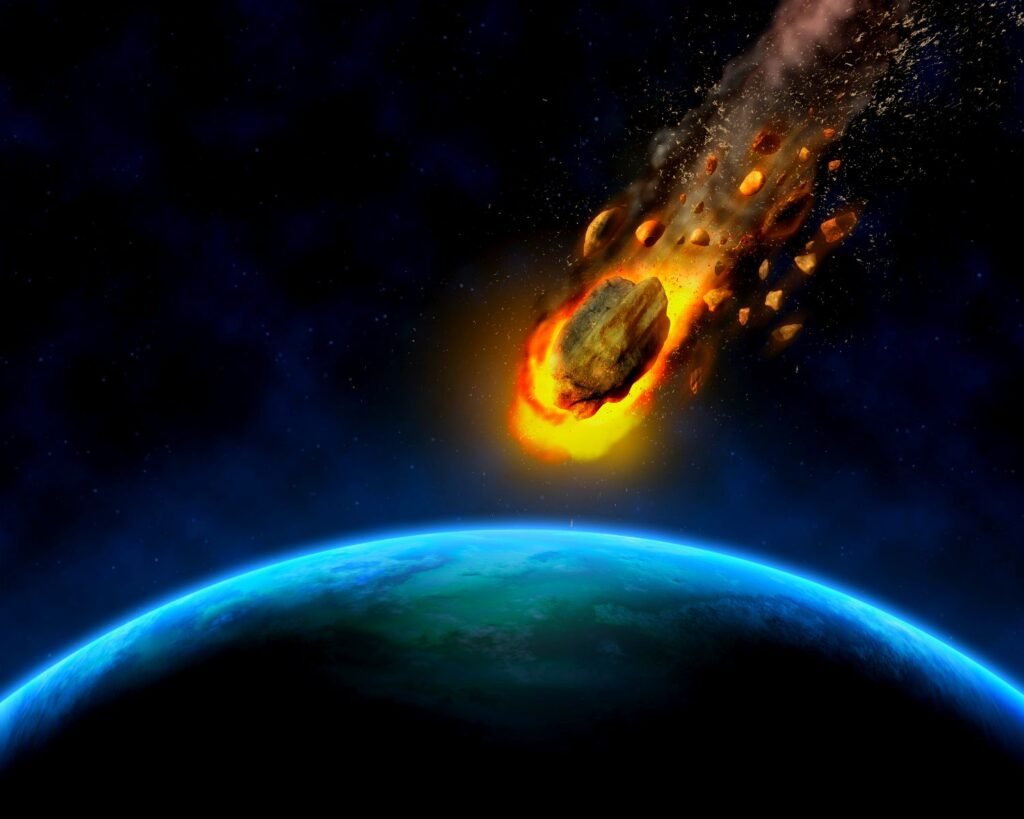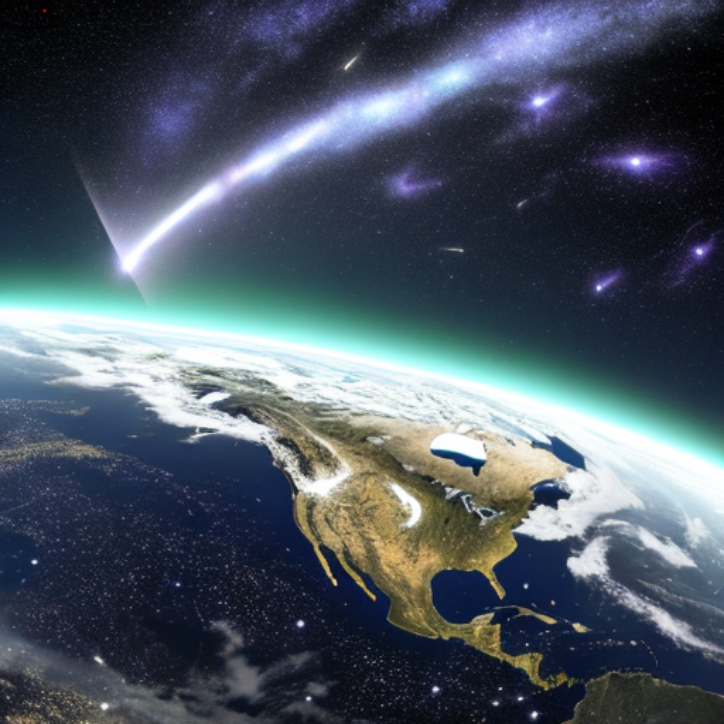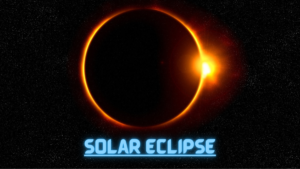Introduction:
Green Comet 2023 promises to be an exciting year for sky gazers. In the vast expanse of our night skies, the cosmos occasionally treats us to breathtaking celestial events. The year 2023 promises not just one, but two cosmic spectacles that will captivate the world—the Green Comet 2023 and the Green Comet C/2023 E1 (Nishimura). These celestial wonders, each with its unique story, are set to paint the night sky in shades of emerald, offering stargazers and astronomers a once-in-a-lifetime experience. Join us on this cosmic journey as we explore the science, history, and the exhilarating adventure of witnessing these extraordinary green comets.
Green Comet 2023: A Dazzling Cosmic Phenomenon
The Green Comet 2023 is a celestial rarity, an emerald-hued wanderer that is set to grace our night sky with its stunning green glow. What makes this comet so special is its vibrant color, a result of the presence of diatomic carbon (C2) in its coma—the luminous cloud enveloping the comet’s nucleus. When sunlight interacts with diatomic carbon, it creates the mesmerizing green hue that sets this comet apart.
A Unique Chemical Signature
Scientists believe that the Green Comet 2023 boasts an unusually high concentration of diatomic carbon, making it appear significantly greener than most comets. This exceptional chemical signature offers a precious opportunity to delve into the early conditions of our solar system and the processes that led to its formation. It’s akin to examining a cosmic time capsule, one that holds the secrets of our celestial heritage.
A Rare Cosmic Gem
Green comets are a rarity, and their appearances in our night sky are infrequent. The last notable green comet visible to the naked eye was Comet Lovejoy in 2011. Therefore, the arrival of the Green Comet 2023 has generated considerable excitement among astronomers and space enthusiasts alike.
The Journey of Green Comet 2023
Comets, including the Green Comet 2023, originate in the distant realms of our solar system, often in regions known as the Kuiper Belt or the Oort Cloud. These icy travelers follow elliptical orbits, bringing them closer to the Sun in periodic intervals. It’s during this cosmic approach that they begin to unveil their spectacular features.
The Tale of a Long-Period Comet
The Green Comet 2023 falls into the category of long-period comets, embarking on an elliptical journey that spans hundreds, if not thousands, of years to complete a single orbit around the Sun. As it approaches the Sun, the heat causes the icy components of the comet to vaporize, creating a luminous coma and a magnificent tail.
The size and brilliance of the coma and tail are influenced by several factors, including the comet’s composition, distance from the Sun, and its proximity to Earth. These variables combine to offer an ever-changing celestial display, making each comet’s appearance a unique and awe-inspiring experience for observers.
Green Comet C/2023 E1 (Nishimura): A Once-in-a-Lifetime Celestial Event
In addition to the Green Comet 2023, we have another celestial marvel on our celestial calendar—the Green Comet C/2023 E1 (Nishimura). This rare green comet was discovered by Japanese amateur astronomer Hideo Nishimura in August 2023. It marks a historic moment as the first green comet visible to the naked eye in over four centuries.
Nishimura’s discovery was a testament to the enduring passion of citizen scientists. While observing the night sky, he noticed a faint object gracefully moving through the constellation Ursa Major. Curiosity led him to aim his telescope at this mysterious visitor, revealing its true identity as a comet. His diligence paid off when the International Astronomical Union confirmed his discovery.
The Green Comet’s Cosmic Origins

Green Comet C/2023 E1 (Nishimura) is currently nestled in the Oort Cloud, a spherical region populated by icy bodies that encircles our solar system. This celestial wanderer is believed to have originated in the Oort Cloud and is now making its first voyage through the inner solar system in over four centuries.
Witnessing the Green Comet’s Emerald Brilliance
The Green Comet 2023 and Green Comet C/2023 E1 (Nishimura) offer a celestial spectacle that beckons observers worldwide. To catch a glimpse of these cosmic gems, you’ll need to be well-prepared and informed.
Timing and Location
Precisely predicting the viewing conditions and brightness of comets can be a complex task. However, to maximize your chances of witnessing the green comets in all their emerald glory, consider the following:
- Find a Dark Sky: Escape the confines of city lights and seek out a remote location with an unobstructed view of the night sky. Minimal light pollution enhances the visibility of these celestial wonders.
- Utilize Optical Aids: While some comets are visible to the naked eye, using binoculars or a telescope can greatly enhance your viewing experience. These optical aids allow you to appreciate intricate details in the comets’ comas and tails.
- Timing is Crucial: Both green comets are at their prime during the evening sky, shortly after sunset. Consult astronomical resources, apps, or local observatories to determine the specific viewing times for your location.
- Stay Updated: The cosmos is in perpetual motion. Stay informed about the visibility of the green comets as they approach their perihelion—the point in their orbit closest to the Sun. Astronomical websites, mobile apps, and star charts serve as invaluable companions in your quest to spot these celestial travelers.
Conclusion: The Green Comet Experience
The arrival of the Green Comet 2023 and Green Comet C/2023 E1 (Nishimura) heralds a celestial event of unparalleled significance. Their vibrant emerald glow and rare appearances offer a unique opportunity to connect with the mysteries of our solar system’s history and composition. Whether you’re an amateur astronomer or simply an admirer of the cosmos, mark your calendars and prepare to be awestruck by the beauty and wonder of the universe.
As you stand beneath the starry canvas of the night sky, take a moment to contemplate the stories these comets carry with them—stories of the early days of our solar system and the timeless allure of celestial phenomena. The green comets invite us to ponder the profound mysteries of the universe and remind us of the endless wonders that await our exploration beyond the stars. The Green Comet 2023 and Green Comet C/2023 E1 (Nishimura) are your invitations to embark on a cosmic journey—a journey that transcends time and space, leaving an indelible mark on your soul.



















